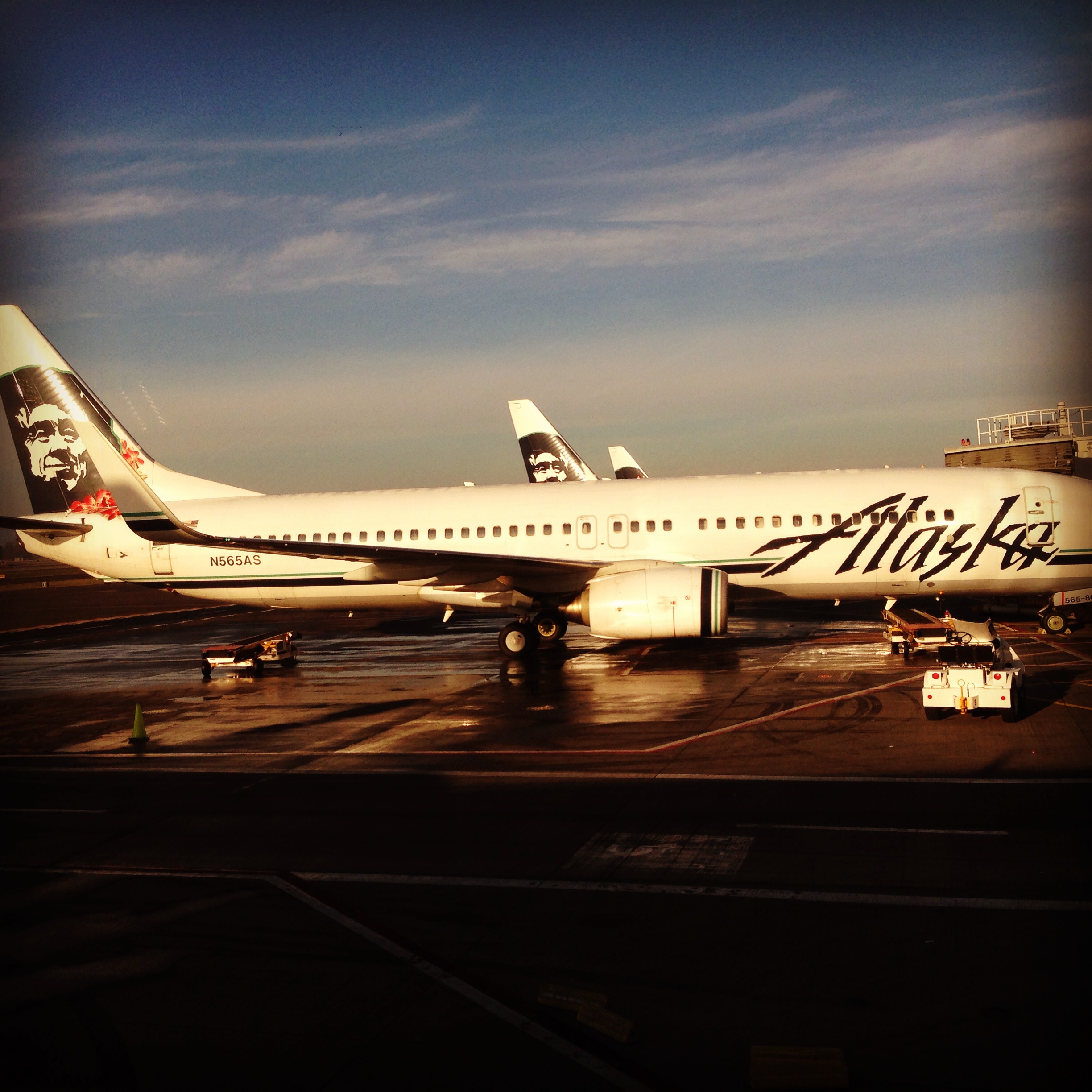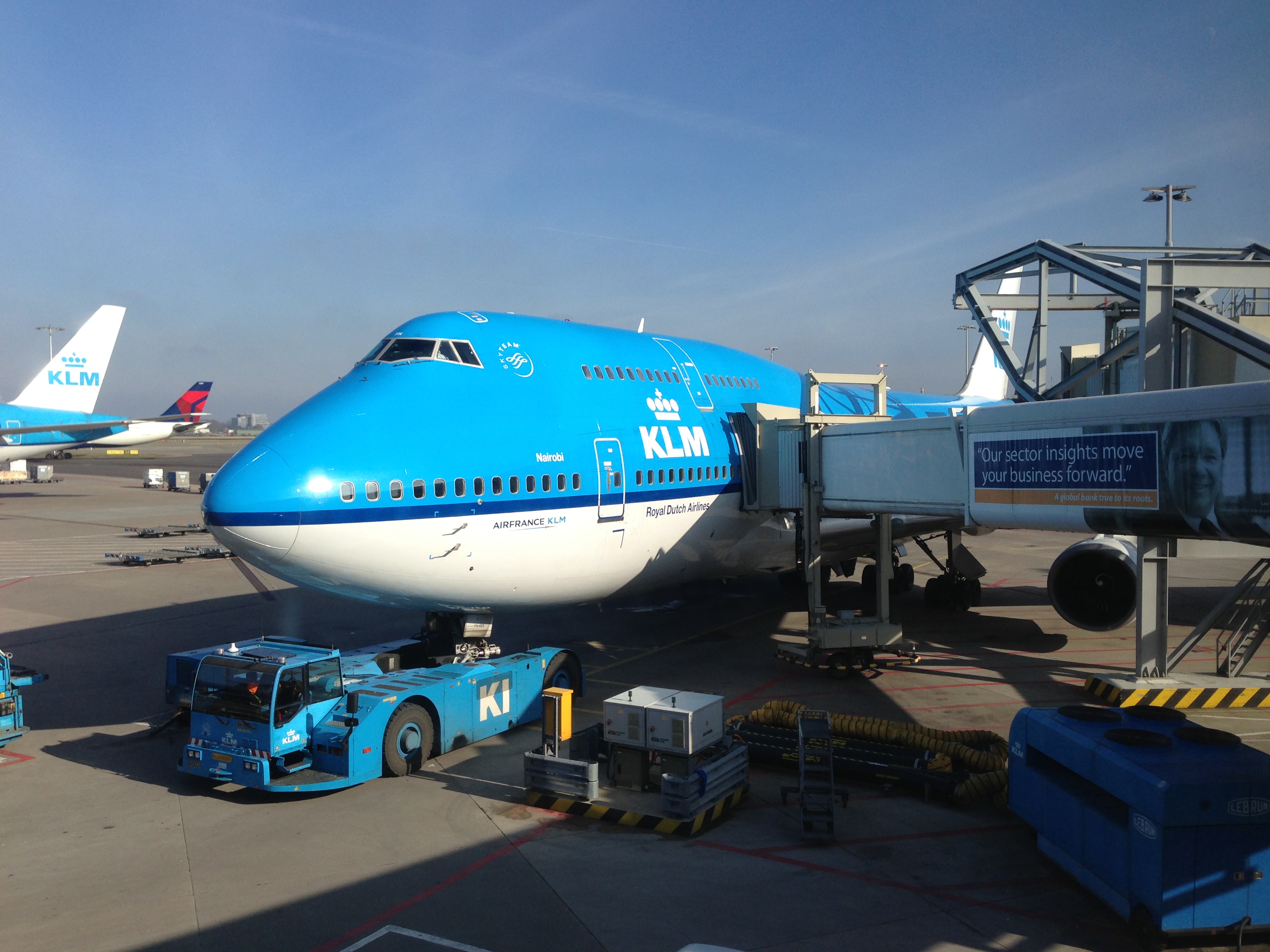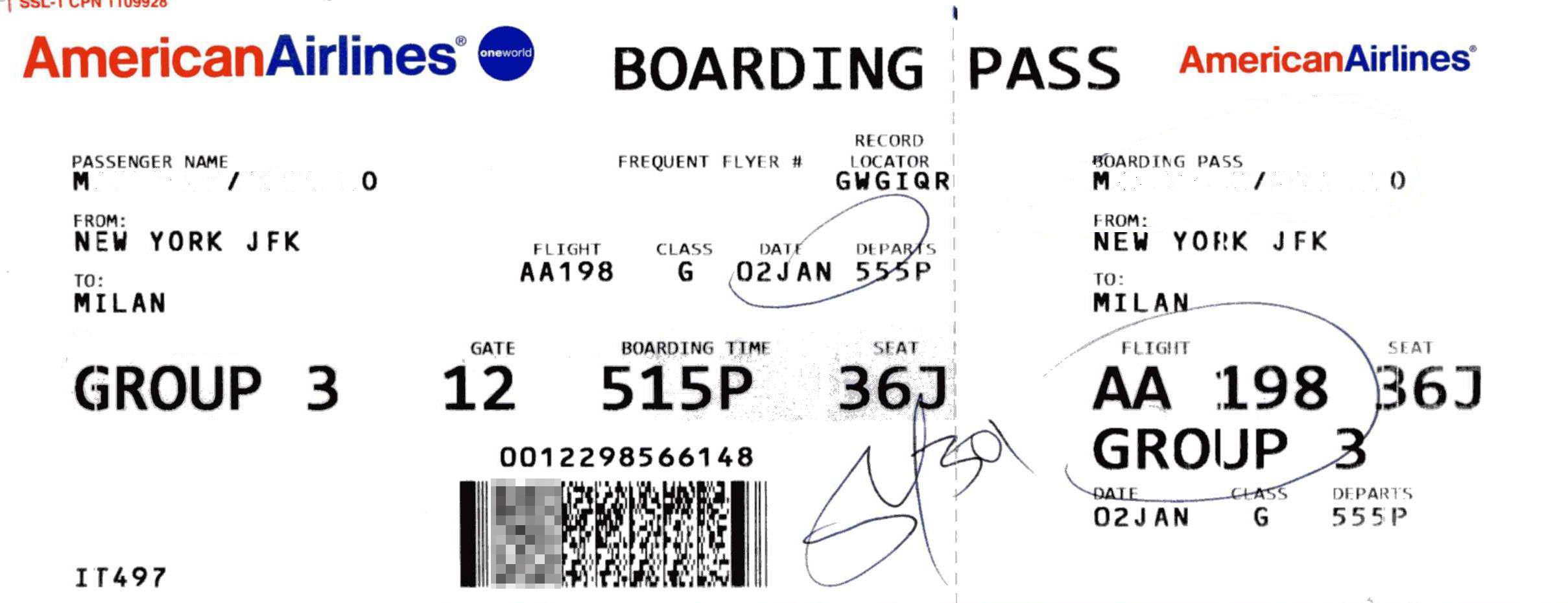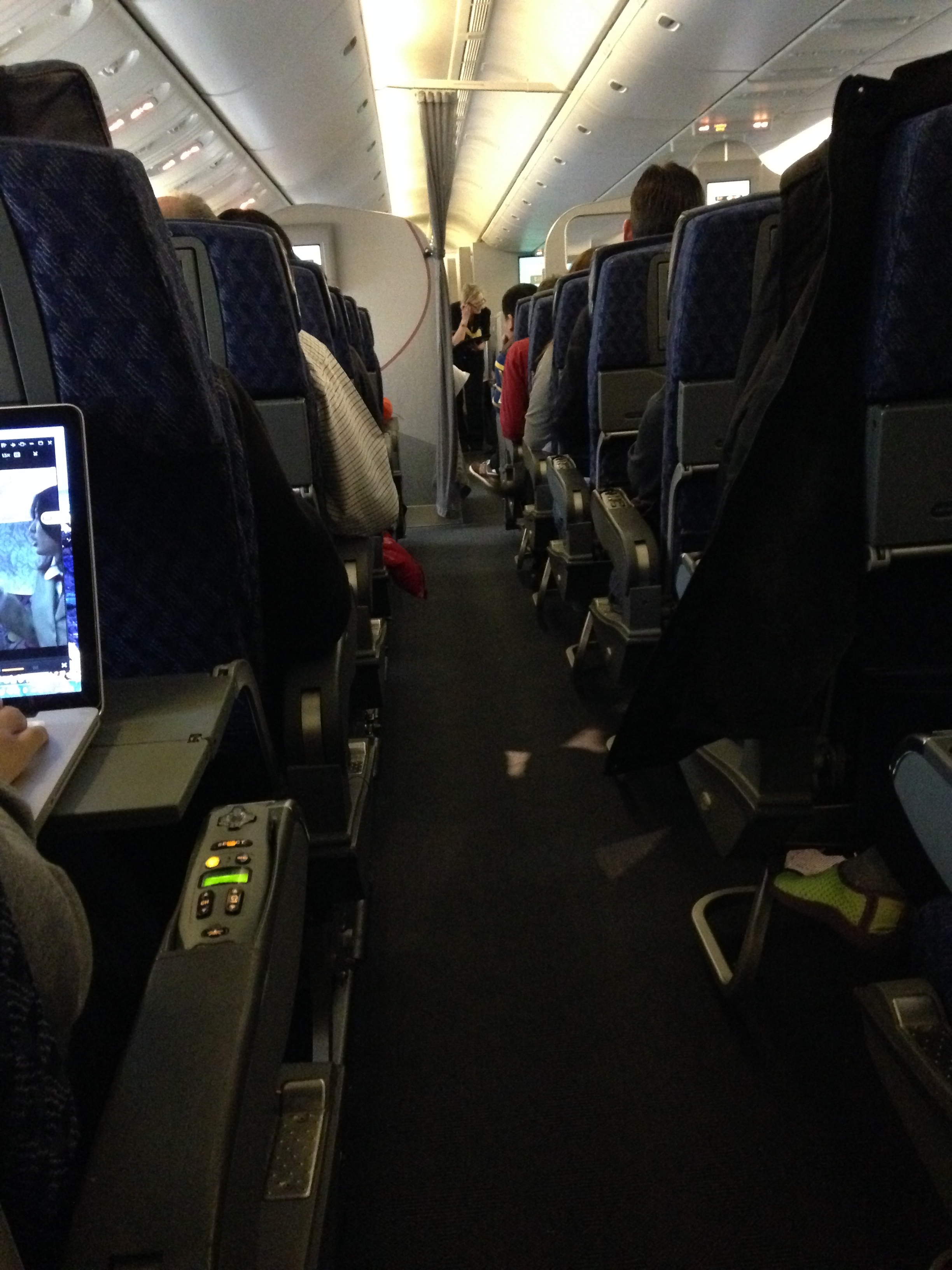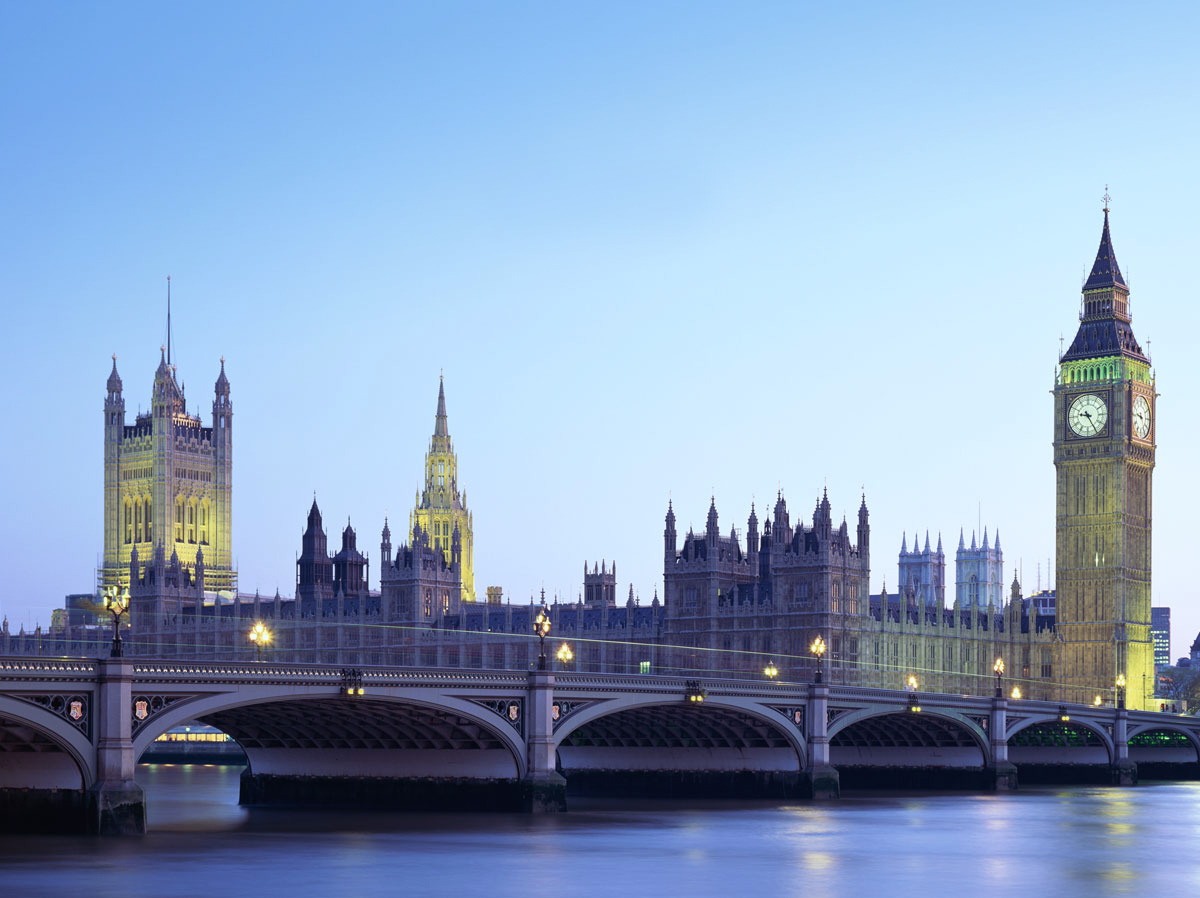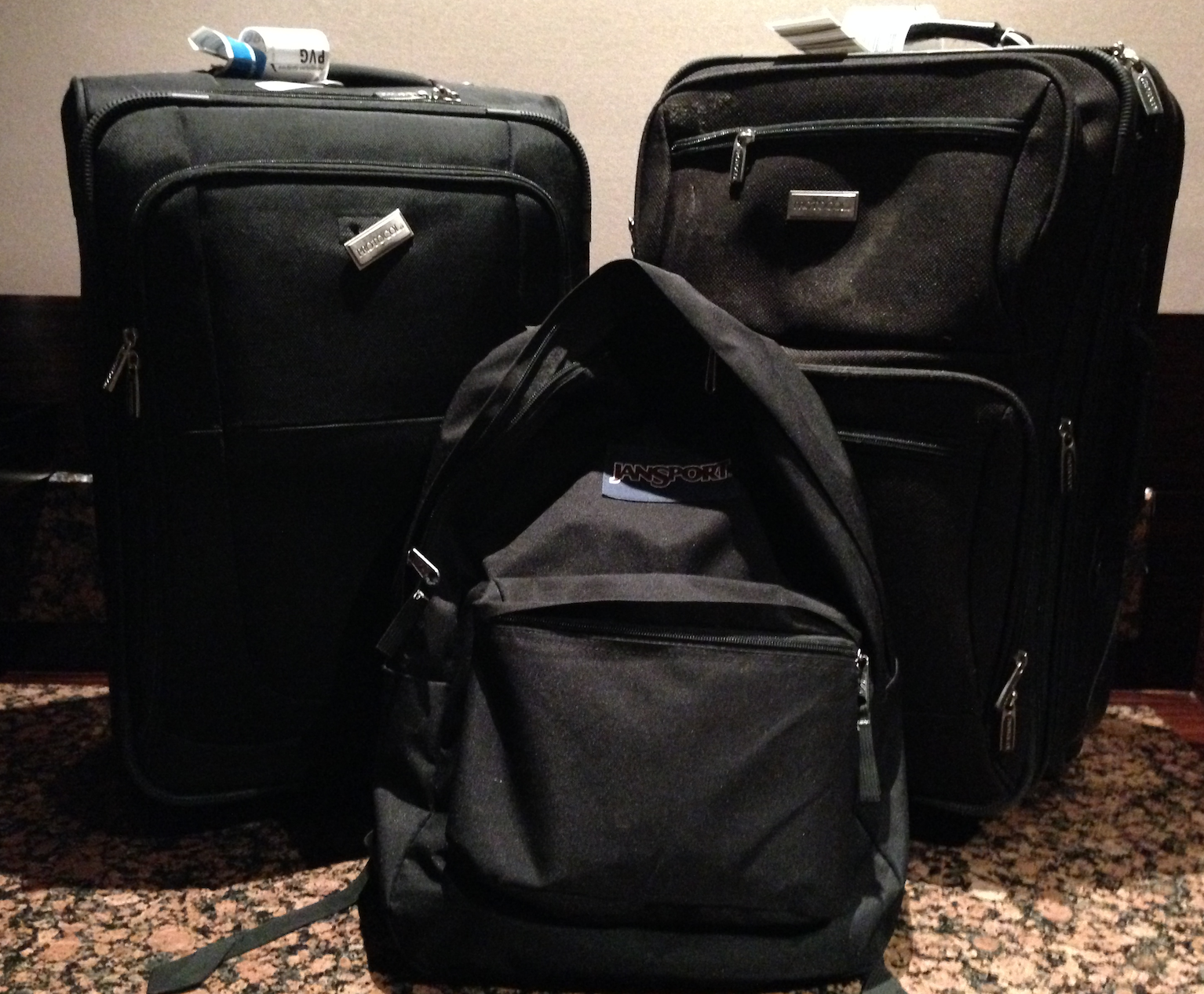Airlines Offering Fewer Flights and Fewer Seats
A government watchdog confirmed Wednesday what airline passengers are finding when they try to book a flight: Service to communities of all sizes are declining, but especially to small and medium airports causing fewer flights and fewer seats to be available.
There are fewer flights and fewer airplane seats available than there were seven years ago, the Government Accountability Office said. Smaller destinations were particularly affected, with flights down as much as 24 percent and seats down as much as 18 percent since 2007. Flights have also declined 9 percent and seats 7 percent at large airports.
Only government-subsidized air service to rural communities has been increasing, and that’s largely a reflection of congressional efforts to prevent some small airports from losing commercial service entirely. The number of flights serving airports in the federal Essential Air Service program has increased nearly 20 percent, and the number of seats were up almost 8 percent since 2007. Of the 160 airports served by that program, 43 are in Alaska.
Airline mergers and high fuel prices are part of the reason. Jet fuel costs more than quadrupled from 2002 through 2012. Fuel costs have outdistanced labor costs as airlines’ single largest expense, the GAO report said.
Major air carriers have also steered away from using the types of planes that serve smaller communities, regional airliners that seat from 19 to 100 passengers. Those planes are 40 percent to 60 percent less fuel-efficient on a per-passenger basis than larger planes used to service big airports, according to a Massachusetts Institute of Technology study the report cites.
